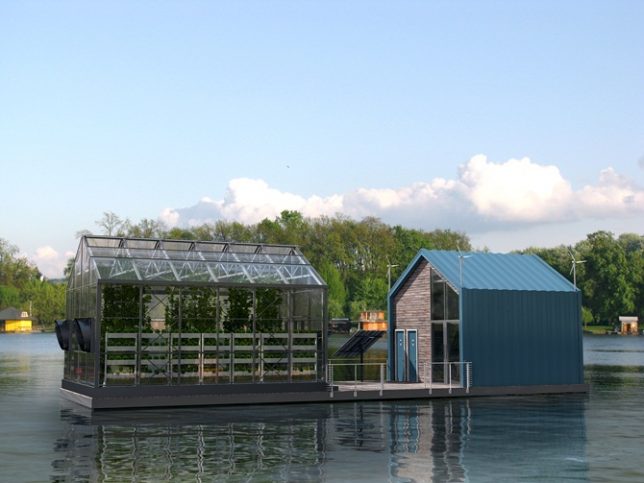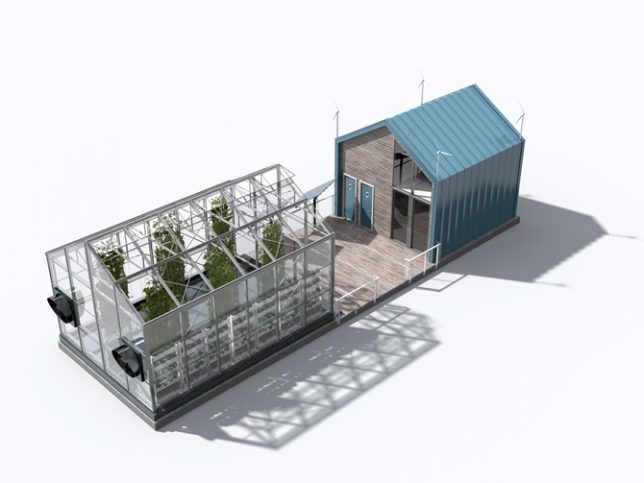The post How to Use Pinterest to Grow Your Photo Business (Step-By-Step Guide) appeared first on Digital Photography School. It was authored by Darina Kopcok.
Do you use Pinterest to market your photography services?
You should.
Because here’s the thing: Millions of potential clients use Pinterest. In fact, 250 million people around the world use Pinterest every month, and this number continues to grow.
Most people think of Pinterest as a social media platform, but it’s actually a search engine that’s driven by search and discovery. Statistics show that nearly half of online users search in Pinterest before turning to Google. It has an incredible power to drive traffic to your site and grow brand awareness. Visitors from Pinterest convert into leads or sales faster than those from social media networks.
Why?
One reason is that Pinterest has a much longer shelf life than social media. Once an image is uploaded to an Instagram or Facebook feed, it gets buried quickly. With Pinterest, your pins will have staying power and benefit you more the longer they’re around.
Now that you know why Pinterest is so great…
…let me tell you how you can gain traction on Pinterest, fast.

Step 1: Get a business account
In order to use Pinterest effectively for your photography business, you’ll need to sign up for a free Business account. A Business account will allow you to monitor your analytics from within Pinterest. This will give you important information about the boards and pins that are most popular with your audience.
These insights can help you increase your engagement and pin more effectively.

Step 2: Create a succinct Pinterest profile
Your Pinterest profile needs to be short and to the point. It needs to let people know what you do. Are you a wedding shooter? Do you specialize in personal branding portraits? Include it in your profile.
For example, my main income comes from commercial and still-life photography, but I’m also a photography mentor. This third aspect of my business is the focus of my Pinterest account. Therefore, it’s the focus of my profile biography.
Step 3: Organize your board for your viewers
If you want to promote yourself as a photographer, you must always keep your target audience in mind. Your boards are not for you; they’re for your viewers, and so you need to speak to what they might be looking for when they log onto Pinterest.
This doesn’t mean you can’t have boards on crafting and cooking. It just means that you need to hide these non-business boards from public view.
Just remember, all of your visible boards must be relevant to potential clients.
Since I’m a food photographer, most of my boards feature beautiful images of food, organized into topical boards such as Salads, Desserts, Main Dishes, etc., as well as themes such as food photography lighting and styling.
And since I mentor food bloggers and emerging photographers, I also have boards such as Learn Food Photography as well as Blogging Tips. Use basic names for your boards that will be searchable and easy to find.
Your boards should be organized from most relevant to least relevant, not by alphabetical order. Have your first board feature your own photography only; you want to show potential clients what you can do. Clean up your own boards and create new ones.
You’ll quickly see a big difference in your Pinterest traffic.

Step 4: Use keywords in your descriptions
Pinterest works similarly to Google – users search for specific content they’re interested in by using keywords.
In fact, keywords are the number-one tool for content discovery.
That’s why each of your boards should have a description using keywords or using hashtags created from keywords. Also, use as many keywords as possible in your pin descriptions. General keywords make your content easier to discover.
You can also use keywords to attract potential clients in your region. If you live in Portland and want to attract brides in your area, use keywords like “Portland Bride” or “Portland Weddings.” Add them to all of your descriptions and alt tags. Local keywords are underused and undervalued, especially in small markets, so they can make a big difference.

Step 5: Brand your pins
When creating pins, you may want to add text (depending on your niche and your reason for pinning posts).
If you’re just trying to share your stunning images, then this may not be relevant. But if you can think of a way to add text that will advertise your services, it’ll work in your favor. Surprisingly, pins with text get more attention than those without text.
For example, the purpose of my Pinterest account is to attract people to my photography coaching services and products. I do this by driving traffic from Pinterest to my blog.
How?
I create pins for each blog post I write. The pins are simply designed, but they’re consistent. I use the same font and style for each pin, which creates a “brand” for my pin that is consistent and that viewers will easily recognize.
Consider creating some pins with text in Photoshop or using an easy app like Canva. Canva offers a variety of free templates already sized for use on Pinterest. Test a few different styles and fonts and see how they perform. You may see that one style of pin gets repinned more than another. If so, then stick with that style.

Examples of branded pins created on Canva.
The bottom line is that you should try to keep a strong brand identity, one that highlights specific services and remains visually consistent. It might be a bit of extra work at first, but it’ll pay off in the end.
Step 6: Join group boards selectively
Group boards are like regular boards, except that the board owner can invite collaborators to add pins of their own.
Group boards used to be a great way to generate traffic. Until Pinterest introduced the “Smart Feed,” which prioritizes and ranks pins based on their quality and engagement.
This led to a big decline in the value of group boards. You see, group board collaborators often rarely look at the board, and therefore rarely repin other members’ content. Because no one interacts with the boards, Pinterest assumes the pins are not popular. So they don’t show up in the Smart Feed.
How do you avoid this problem and use group boards to your advantage?
Choose active, niche boards that focus on one topic and have less than 100 contributors. Too many contributors can mean low-quality content.
The important thing to remember is that quality is much more important than quantity.
A board that encourages mutual sharing is also crucial. For example, a policy stating that you need to repin two pins for every post you make can make a big difference.
If you choose to join group boards, then keep these points in mind.
Step 7: Use boards to collaborate with clients
Visuals are a part of the communication that should take place between you and your clients before you start a job, especially if you’re in the commercial world. Pinterest can help you share images that serve as inspiration or a guideline for an upcoming shoot. If you work with commercial or editorial clients, you can collaborate on a mood board using Pinterest. This ensures that everyone involved in the shoot understands what the final results should be.
If you work in a retail niche like weddings or portraiture, you can use Pinterest to get a sense of the mood and color your client is drawn to. After all, a picture is worth a thousand words, right? Light green might mean one thing to you and another to your customer, so images that demonstrate the feel and color treatment that is sought can go a long way in helping you get the right look.
You can also use Pinterest boards to educate clients. If you do glamour or boudoir portraits, you can send your client a What to Wear board. This will provide inspiration and examples for choosing outfits for their shoot.

Step 8: Schedule pins with the Tailwind app
Tailwind is a Pinterest-approved scheduling tool. It’s a fantastic app to help you grow your audience like crazy.
You see, pinning consistently is important growth strategy, but most people don’t have time to be pinning throughout the day. With Tailwind, you can sit down once a week to schedule your pins. They’ll automatically upload throughout the week at optimal times. Or, if you prefer, you can customize your pin schedule.
Tailwind also offers powerful tools that analyze your pins and boards, as well as your Pinterest profile. You can see which pins are getting the most engagement and reschedule them right from the interface.

Conclusion
Pinterest is a great tool for generating visitors and leads.
And if you follow the steps I’ve given above, your Pinterest account will start expanding, fast.
So go set up your Pinterest account and start pinning!
Do you have any other tips for using Pinterest? Share with us in the comments section!

The post How to Use Pinterest to Grow Your Photo Business (Step-By-Step Guide) appeared first on Digital Photography School. It was authored by Darina Kopcok.









































































You must be logged in to post a comment.